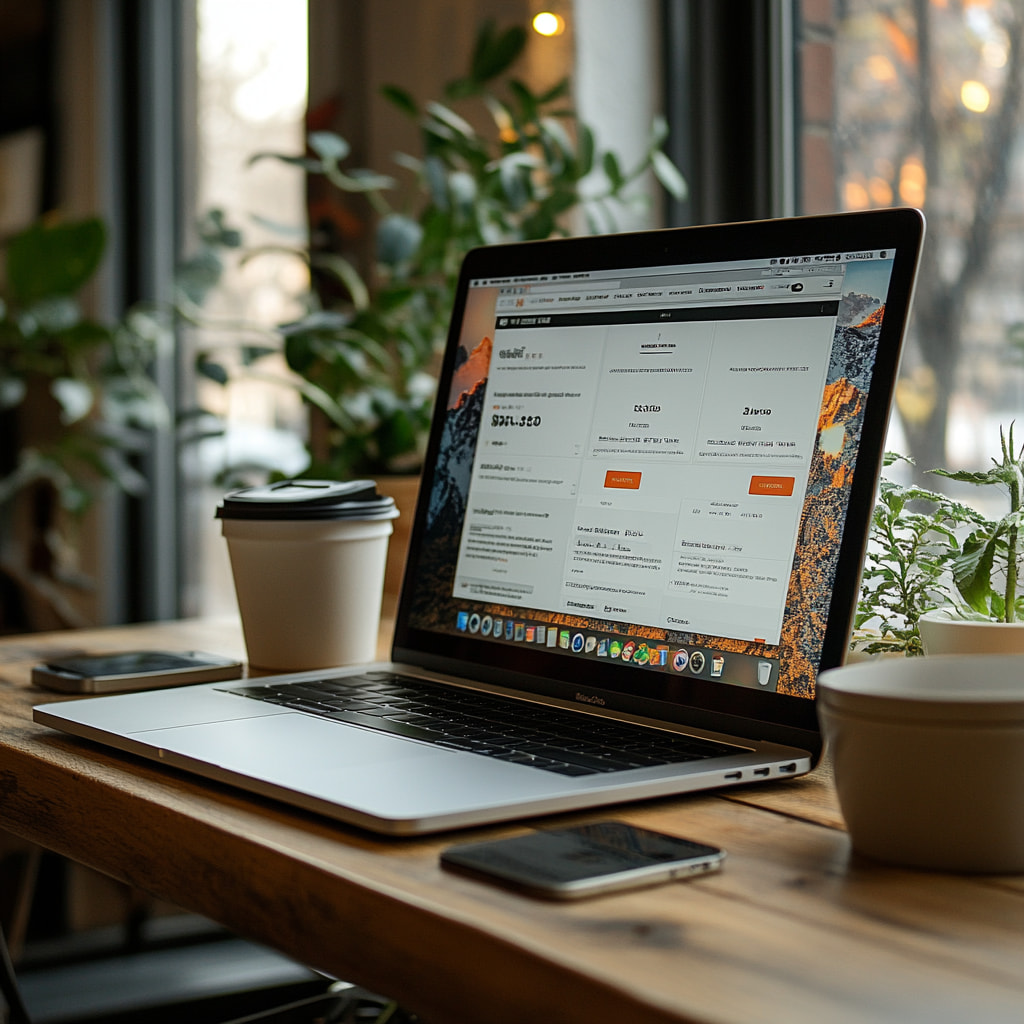How to Edit & Manage Blog Posts in Webflow
Managing a blog in Webflow is straightforward with its CMS (Content Management System). This guide walks through adding new posts, editing existing ones, updating the blog design, and troubleshooting common issues. Whether you're a beginner or experienced user, these steps will ensure your blog stays fresh and functional.

How to Edit & Manage Blog Posts in Webflow
Webflow makes it easy to manage and update blog posts using its CMS (Content Management System). Whether you need to add new posts, edit existing ones, or fix issues, this guide will walk you through everything step by step.
Adding a New Blog Post in Webflow
If your Webflow template includes a blog, it likely uses a CMS Collection to store blog posts. To add a new one, open the CMS Collections panel in Webflow Designer. This panel is located on the left sidebar and looks like a stack of papers. Locate the blog collection, which might be labeled as “Blog Posts,” “Articles,” or something similar.
Once inside the collection, click the button to create a new blog post. You will see various fields to fill out, including the title, slug (URL), main content, featured image, category or tags, and SEO metadata such as the title and description. Make sure all required fields are completed before moving on.
Before publishing, check the blog post for accuracy. You can save it as a draft if it is not yet ready, publish it immediately, or schedule it for a later date. Once satisfied, click the publish button, and your blog post will be live.
Editing an Existing Blog Post
To update an existing post, go to the CMS Collections Panel and locate the blog post you want to modify. Click on it to open the editing view, where you can make changes to text, images, and any other content fields.
If your template uses Rich Text Fields, you can directly edit content within the CMS. If there are custom fields, such as author name, categories, or excerpts, be sure to update those as needed.
Once the edits are complete, click save to store the changes. If you want the updates to go live immediately, click publish.
Updating the Blog Page Design
To modify the design of your blog post layout, go to the Pages Panel in Webflow Designer and locate the Blog Post Template. This is where all dynamic blog content is structured and styled.
Adjusting the layout, typography, or spacing can enhance readability. Make sure that all dynamic elements, such as images, headings, and body text, are correctly linked to the CMS fields to ensure they update automatically when new posts are added.
Once the design adjustments are complete, publish the site to apply the changes. It is always a good idea to preview your updates across different devices to check for responsiveness.
Fixing Common Webflow Blog Issues
If a blog post is not appearing on your site, verify that it is published in the CMS. If the layout or design looks incorrect, check the Blog Post Template and ensure all dynamic elements are properly linked.
If changes are not reflecting on the live site, try republishing the entire website by going to the publish settings and selecting “Publish to Selected Domains.”
For image display issues, confirm that the images are correctly uploaded in the CMS and properly referenced in the design. If SEO metadata is missing, update the SEO fields within the CMS settings to optimize visibility on search engines.
Final Thoughts
Managing a blog in Webflow is simple once you understand how the CMS functions. By following these steps, you can efficiently add, edit, and troubleshoot blog posts with ease. Keeping your blog updated not only improves user experience but also boosts SEO performance. If you need further assistance, feel free to reach out for Webflow support. 🚀







